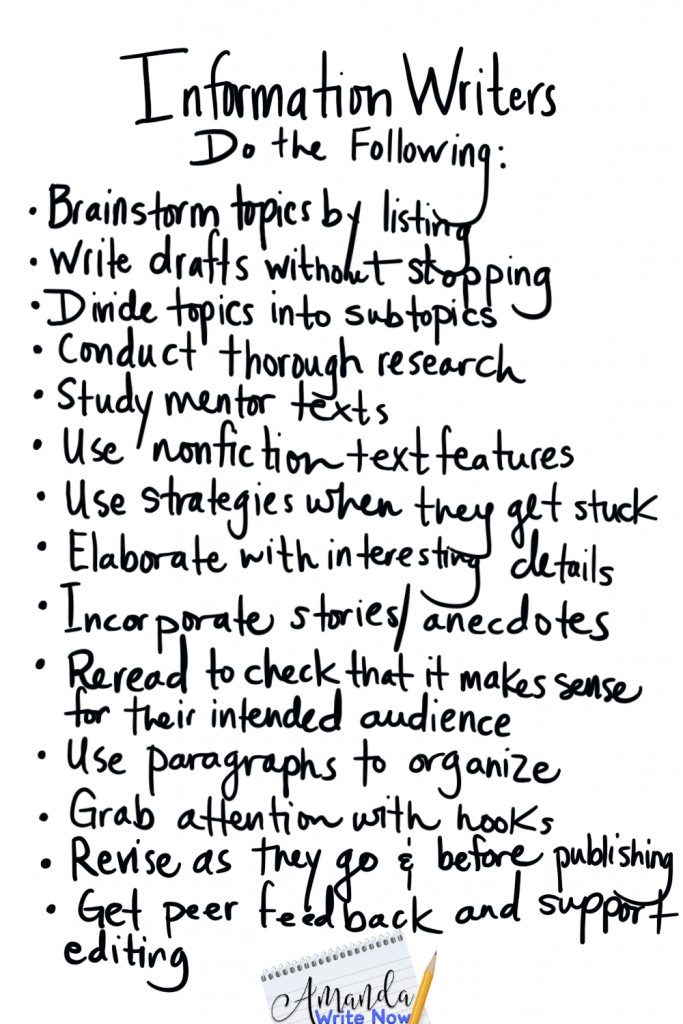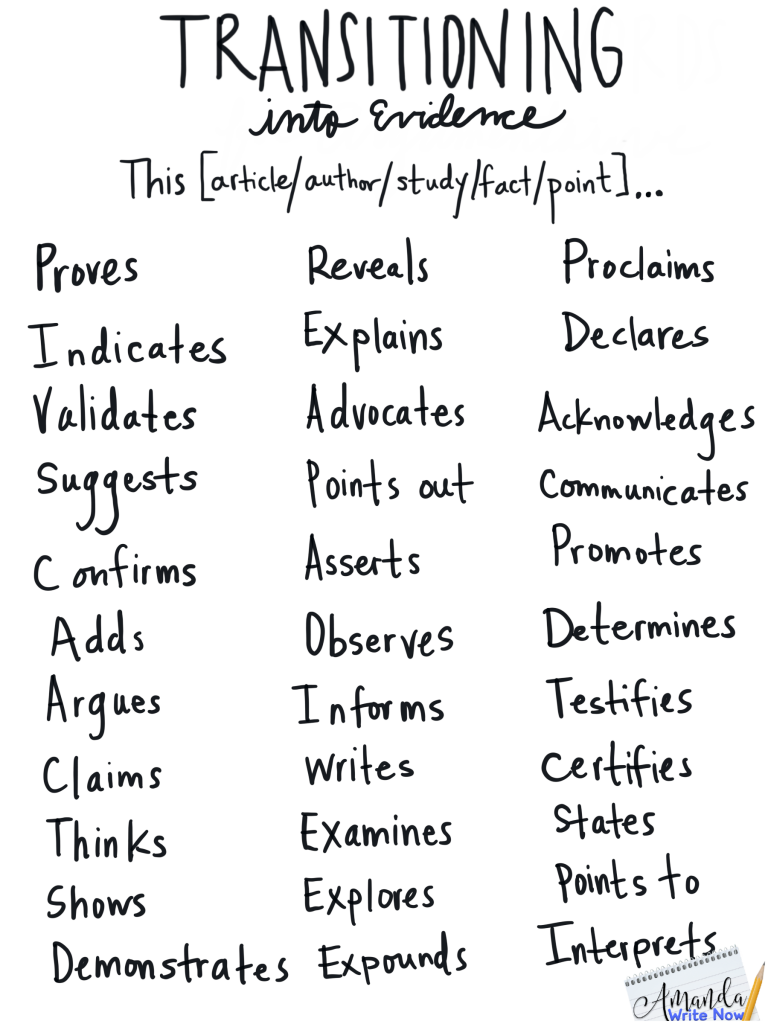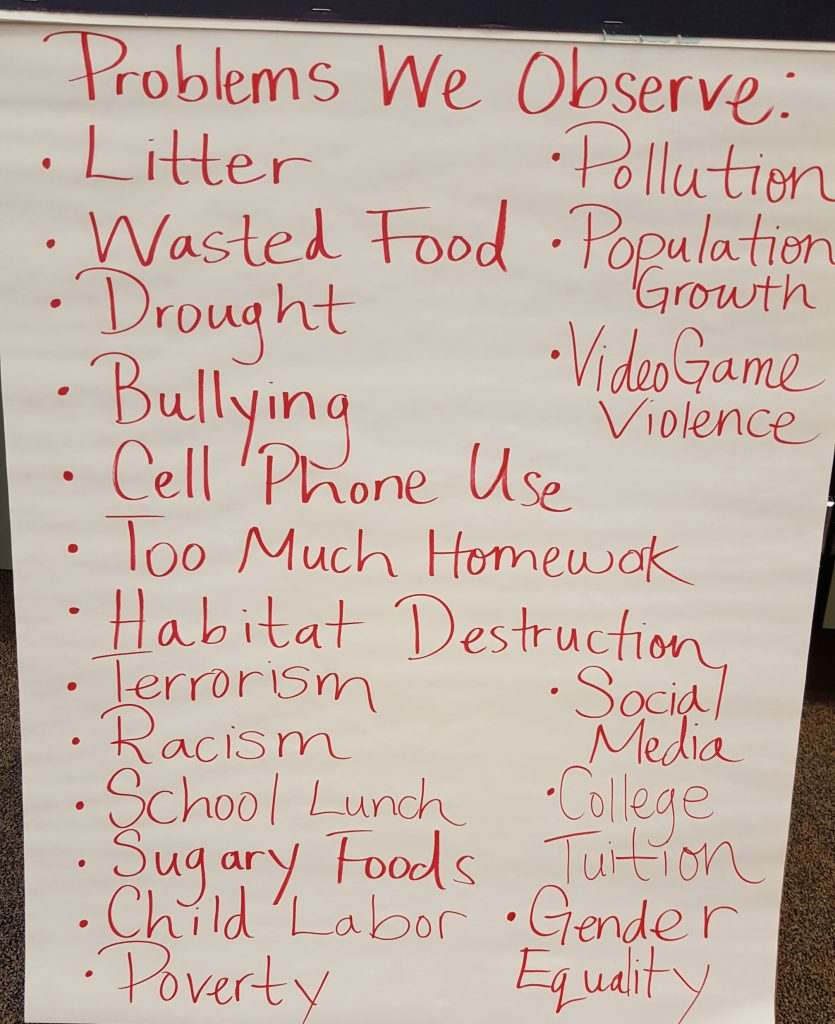
Charts for workshop can be incredible tools and well…a giant pain.
Come on admit it, how many times have you scribbled down student ideas only to stare sideways at the mess before you. And half the class shouts you forgot the “n” in when.
Your response is to calmly say, “Why thank you for paying such close attention writers!”
Inside you are screaming because you can’t write and listen and keep your class all on task at the same time!
What about the problem of storing charts so you can find them again next year?
Or that chart you hung proudly and then no one ever looked at again?
How about those charts that you made and point to over and over again and students still don’t use them!
Okay…only one more chart fail to lay on you. Easels, chart paper and sharpies are expensive!
If you have ever had any of these problems before you are not alone! I’ve come up with 5 fixes for your writing chart woes. Please read on…
Before I give you my writing chart fixes I think it is important to differentiate between types of charts.
Anchor Charts
Anchor charts are ongoing, span multiple mini lesson sessions and are utilized over the course of a unit. They “anchor” all that you have taught within that unit. Each bullet point represents a mini lesson.

I love anchor charts because they really give a writing teacher direction for what mini lessons to teach during a unit and even more importantly they help guide students too!
Mini Lesson Charts
A mini lesson chart is one that is created to capture one lesson you taught. These are great charts that students can use as tools during work time.

Student Generated Charts
The chart below is not an anchor chart. Rather, it is a chart done within one mini lesson class brainstorming session. I call these charts student generated charts.

Student input should also be included in anchor charts as much as you can.
Okay now that we’ve covered the difference between anchor and student generated charts here are some common writing chart fails I’ve had over the years and some easy fixes…
Fail: Messy Scribble Chart
Fix: Take your charts digital! Why not type as your students speak and then organize all your charts in your Google or One Drive? Better yet put your charts on your class website for parents and students to access from home!
Fail: Unnamed Rolls of Charts
Fix: First of all you should only keep your nice anchor charts, not mini charts created in brainstorming mini lesson sessions. Roll the anchor chart, label it (very important step) with the name of the unit and paper clip the ends. Stash them on top of a cupboard or leave a little space between the wall and the filing cabinet for your anchor chart rolls.
Fail: Invisible to Everyone Chart
Fix: If it is invisible then get rid of it! It is also important to remember that anchor charts should never be invisible. You should be adding to your anchor chart after/during each mini lesson. The charts that are invisible are probably the ones that you created with your class in a brainstorming session, the mini chart. It was useful for your class only during the one mini lesson you taught a week ago and that is just fine.
But, what if you have an anchor chart that is invisible? You could try to create a list of titles for your mini lessons in your plan book or on a sticky note and then have a student write the titles after each mini lesson on the chart so that you don’t forget. You should also reflect about what is on the chart with your class at the end of each writing workshop session. Do I always do this? No. I forget too, but don’t worry there is always tomorrow:)
Fail: Invisible to Students Chart
Fix: If there is a chart you are referring to over and over again, yet students still don’t seem to find it useful you may need to change the title, vocabulary, wording or angle. For example a chart that tells students what to do if they have no ideas is much more useful than a chart that lists the writing process. Avoid vague vocabulary that students are just beginning to learn. Try to keep your chart titles useful and kid friendly. You could even ask for input from your students about the anchor charts.
Fail: Expensive
Fix: Yes, it is nice to have a cute little writing workshop area with an easel, chart paper and brand new sharpies. But is it necessary for chart making? No. Charts can be made on construction paper, computer paper or on a whiteboard and copied into “chart journals” by your students. They are much more likely to retain the information if they write it in their journals too!
Hope you’ve learned a strategy you can take back to your classrooms!
Check out this page for writing chart inspiration:)



0 Comments